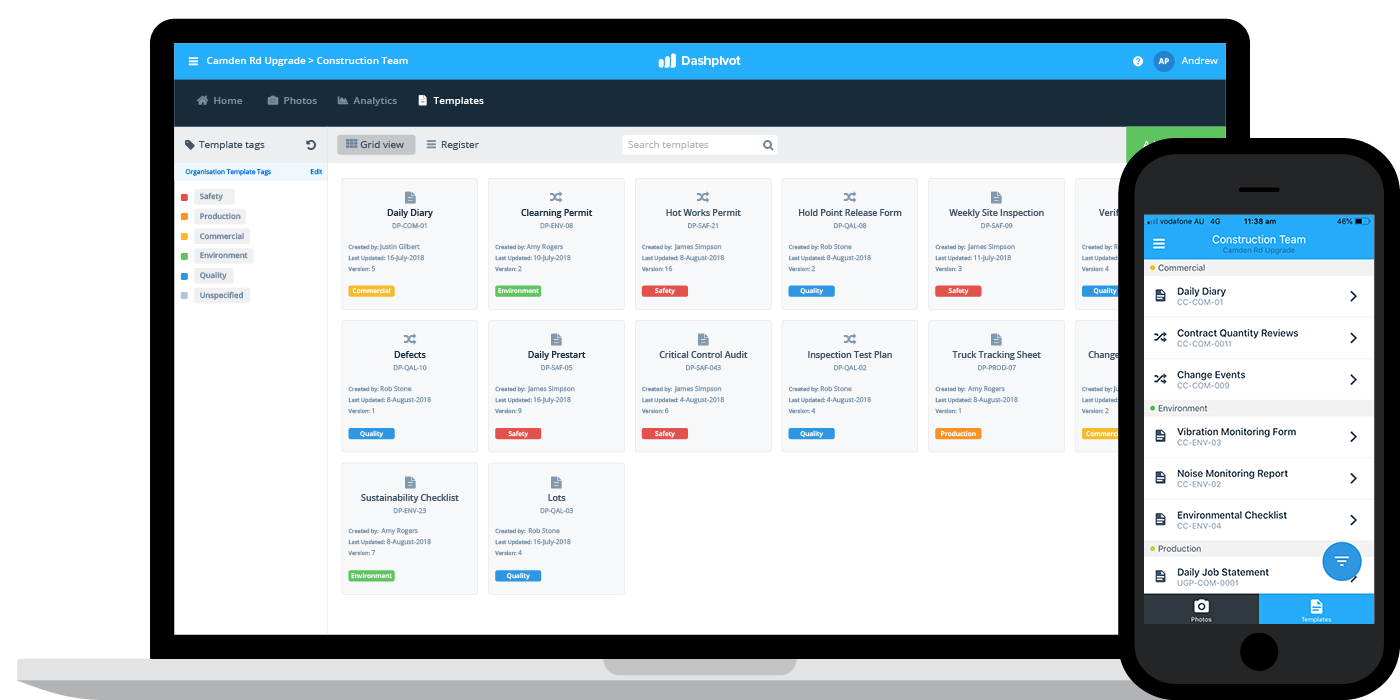Boost Your Task Management: Construction Document Management Devices You Required
Boost Your Task Management: Construction Document Management Devices You Required
Blog Article
Optimizing Project Partnership: Designer's Ideal Practices in Building And Construction Record Monitoring
In the elaborate realm of architectural projects, the reliable management of construction documents stands as a foundation for success. Architects, with their precise attention to detail and innovative design remedies, are tasked with orchestrating a harmony of sources, stakeholders, and timelines. Nonetheless, among this complexity exists a sixty-four-thousand-dollar question: how can designers streamline partnership procedures to enhance job end results? By exploring key approaches such as leveraging cloud-based systems, establishing robust interaction methods, and making certain data safety, designers can raise their document administration methods to new heights.
Leveraging Cloud-Based Systems
By transitioning from traditional paper-based systems to shadow solutions, engineers can simplify cooperation, boost document availability, and improve total task performance. This accessibility advertises smooth interaction and sychronisation amongst task stakeholders, leading to fewer errors and delays in the building and construction procedure.
In addition, cloud-based platforms provide a protected atmosphere for saving sensitive project details, using file encryption, routine backups, and individual permission settings to safeguard information integrity. Engineers can additionally gain from the scalability of cloud services, allowing them to adjust storage capability and performance based on job requirements. Generally, leveraging cloud-based systems equips engineers to maximize their construction paper management processes, driving better collaboration, effectiveness, and success in their tasks.
Implementing Variation Control Solution
Having developed the benefits of cloud-based platforms in building and construction paper monitoring, engineers can currently boost their record control processes by executing Version Control Solution. Variation Control Equipment (VCS) are essential tools that track changes in files, making sure that team members are always collaborating with the most up to date and most precise information. By implementing VCS, engineers can preserve a centralized repository where all job papers are kept, enabling smooth partnership while minimizing the risk of errors and version problems.
This function is especially valuable in construction jobs where style models and adjustments are common. This transparency not just boosts liability however also helps in resolving conflicts or discrepancies that might occur during the job lifecycle.
Developing Interaction Methods
To make certain efficient and reliable project coordination, architects have to develop clear and robust communication protocols within their construction paper management processes. Communication procedures define the techniques, regularity, and networks through which group participants exchange information, updates, and feedback. One crucial aspect of developing these protocols is determining a centralized communication system where all project-related conversations and paper sharing can take location. This platform could be a job monitoring software application, e-mail threads, or cloud-based storage options. By establishing standards on how info is distributed and how group participants connect with each various other, engineers can simplify the circulation of data and protect against miscommunications or delays in the construction process.
Additionally, communication methods need to likewise include guidelines on just how to handle conflicts, modification orders, and urgent issues that may arise during the project lifecycle. Developing a structured technique to interaction makes sure that all stakeholders are on the same web page, promotes transparency, and eventually adds to the effective completion of the construction job.
Using BIM Software Program for Coordination
BIM software plays a crucial role in improving coordination amongst task staff member in the construction industry. Structure Information Modeling (BIM) facilitates collaboration by providing a central system where architects, designers, specialists, and other stakeholders can collaborate in a collaborated fashion. With BIM software program, task individuals can access and upgrade a common version which contains detailed details about the structure style, building parts, and project timetables.

Additionally, BIM software enables real-time partnership and communication amongst team participants, regardless of their physical location. Via cloud-based BIM platforms, task stakeholders can access the most recent job information, track modifications, useful source and make informed choices immediately. On the whole, leveraging BIM software program for coordination improves project effectiveness, performance, and inevitably leads to successful project end results.
Ensuring Information Safety and Compliance
In the world of building file monitoring, guarding information stability and ensuring regulative compliance are vital factors to consider for architects and other job stakeholders. Engineers have to execute robust safety procedures to secure delicate task details from unapproved accessibility or breaches.

Verdict
In verdict, designers can enhance job cooperation in building file monitoring by leveraging cloud-based platforms, carrying out version control systems, developing interaction protocols, using BIM software application for coordination, and making certain information safety and security and compliance. These ideal methods assist improve the construction procedure, boost interaction amongst task stakeholders, and enhance effectiveness in task shipment. By complying with these standards, engineers can effectively manage construction files and promote successful task results.
With BIM software application, project individuals can access and upgrade a shared design that consists of thorough details concerning the structure design, building and construction components, and job schedules.
Via cloud-based BIM systems, task stakeholders can access the most current task information, track modifications, and make notified decisions immediately - construction document management. In general, leveraging BIM software program for coordination boosts project effectiveness, productivity, and eventually leads to effective job outcomes
In conclusion, designers can enhance job partnership in building file monitoring by leveraging Full Report cloud-based systems, carrying out version control systems, developing communication methods, using BIM software program for control, and making sure data security and conformity. These best methods assist simplify the building procedure, boost communication amongst task stakeholders, and improve effectiveness in job delivery.
Report this page